Cake boxes and board serve as irreplaceable core components in the packaging system of cake products. How they are selected directly determines a cake's shape retention during transportation, freshness preservation in storage, and visual attractiveness. This article explores the key characteristics of these two elements, delivering practical guidance for both baking professionals and regular consumers.
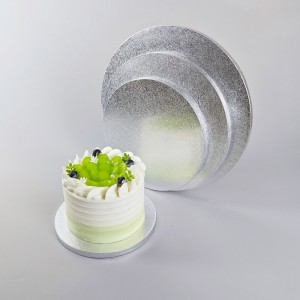

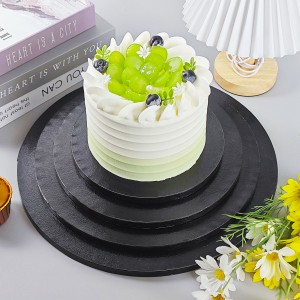
I. Cake Box Classification: Function-Centered & Scenario-Based
Cake boxes can be categorized into diverse types according to their material features, structural layouts, and intended applications. Each type serves a unique set of functions:
(I) Categorization by Material Variations
Paper Cake Boxes: These dominate the market, boasting perks like cost-efficiency, easy printability, and recyclability. Corrugated paper versions, owing to their inner ridged structure, shine at withstanding pressure, making them perfect for multi-layered or large cakes. Cardboard boxes sport a smooth surface and polished appearance, often employed for small cakes and mousse treats. Specialty paper options (such as kraft or pearlescent paper) add a dash of luxury, favored by high-end bakeries or for custom holiday cakes.
Plastic Cake Boxes: Primarily made from PP (polypropylene) and PET (polyethylene terephthalate), these boxes are transparent, moisture-proof, impact-resistant, and reusable. Their see-through quality allows consumers to clearly inspect the cake's shape and color, making them ideal for transporting refrigerated cakes. That said, they come with a heftier price tag, and buyers should verify if they meet food safety standards.

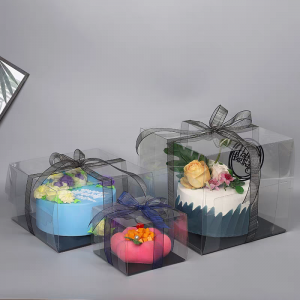
(II) Categorization by Structural Styles
Top-and-Bottom Design: Comprising a top lid and a bottom base, these boxes are straightforward to open and close, seal effectively, and have a sleek, elegant appearance. They suit all kinds of cakes and are currently the most prevalent structural style on the market.
Drawer-Style: Adopting a sliding drawer-like opening, these provide superior dust and moisture protection. Their unique opening method makes them suitable for small cakes and cupcakes, but they have strict limitations when it comes to cake size.
Handheld Type: Features a carrying handle (made from materials like paper, plastic, or fabric) on top for convenient transport. A staple packaging for birthday and gift cakes, the handle can be decorated to enhance the overall quality.
Foldable: Folds flat when not in use, saving ample storage and transportation space. Assembling them is fast and simple. But their pressure resistance is relatively feeble, so they're only suitable for small, lightweight cakes.
(III) Categorization by Usage Scenarios
Birthday Cake Boxes: Typically larger in size with a solid build, they offer good pressure resistance and cushioning to handle multi-layered, intricately decorated birthday cakes. They come in numerous themes and styles, and almost always feature a handle for easy carrying.
Mousse Cake Boxes: Mousse cakes are soft and prone to deformation, requiring refrigeration. Thus, their packaging often uses highly airtight, transparent plastic or paper-plastic combinations. Some even have compartments for ice packs to maintain a low temperature and prevent melting.
Wedding Cake Boxes: Designed for large, multi-tiered wedding cakes, these have strong pressure resistance and stability. Their design is elegant and high-end, and can be customized with the couple's names and wedding date to align with the wedding's overall atmosphere.
Mini Cake Boxes: Small and charming, these are mainly for individual small cakes, muffins, and similar items. Their cute look makes them popular as gifts or snack packaging.
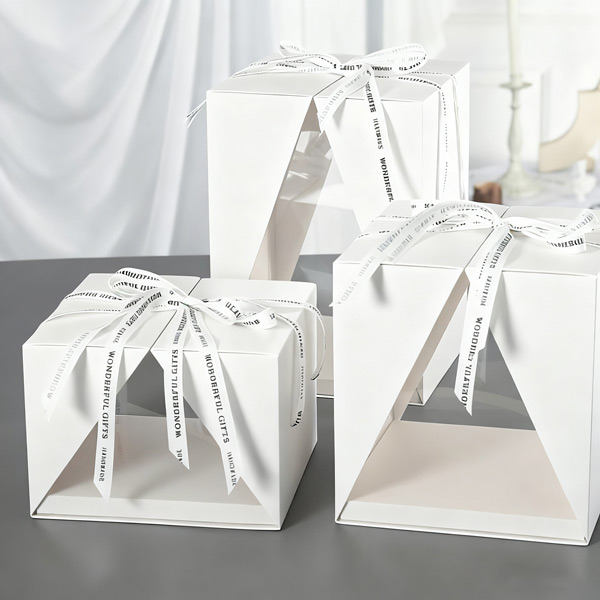

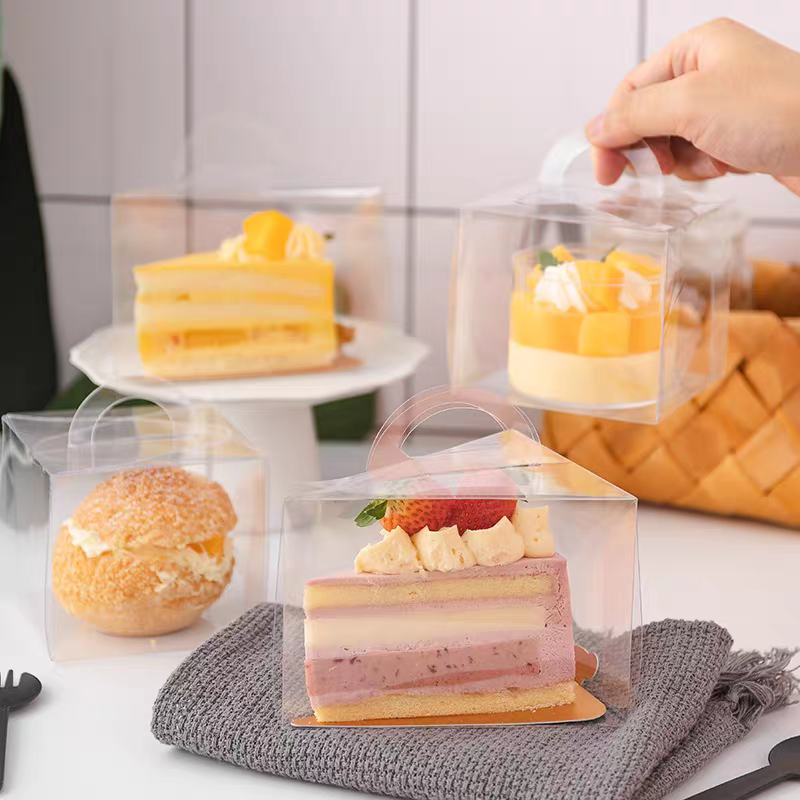

II. Cake Tray Thickness Selection: The Core of Load-Bearing Capacity and Safety
The thickness of a cake tray plays a crucial role in the cake's stability and overall product quality. It should be selected based on actual requirements to avoid issues like the cake warping or collapsing.
(I) Key Factors Influencing Thickness Selection
Cake Weight and Size: This is the primary factor in determining tray thickness. Heavier, larger cakes (such as multi-tiered or wedding cakes) demand thicker, sturdier trays; smaller, lighter ones can utilize thinner ones.
Cake Texture Traits: Soft, fluffy cakes (like sponge or chiffon cakes) need a moderately thick, firm tray for sufficient support to prevent collapsing; denser cakes (such as cheesecakes or pound cakes) have less stringent thickness requirements.
Transport Conditions: If the cake must travel long distances or be handled frequently, a thicker, more stable tray is essential to prevent deformation during transit; if it's made and consumed on-site, the thickness requirement can be relaxed.
Decoration Requirements: When adding frosting, fruit, or other decorations to the tray, the tray needs a certain level of firmness and stability to avoid moving or warping during the process—so the right thickness is a must.
(II) Common Thickness Specifications and Suitable Scenarios
Thin (0.3mm-0.8mm): Ideal for small, lightweight items like mini cakes and cupcakes. It's economical and lightweight, usually made of cardboard or thin plastic.
Medium-Thick (0.9mm-2mm): The most widely utilized tray type, suitable for 6-8 inch single-layer birthday cakes, mousse cakes, cheesecakes, and the like. It provides reliable support and is often made of corrugated cardboard, thick cardboard, or PP plastic.
Thick (2.1mm-5mm): Specifically designed for large, heavy cakes (such as multi-tiered or celebration cakes). It has extremely strong pressure resistance, crafted from high-strength corrugated cardboard, cardboard, or metal. Some feature a layered design to enhance support further.

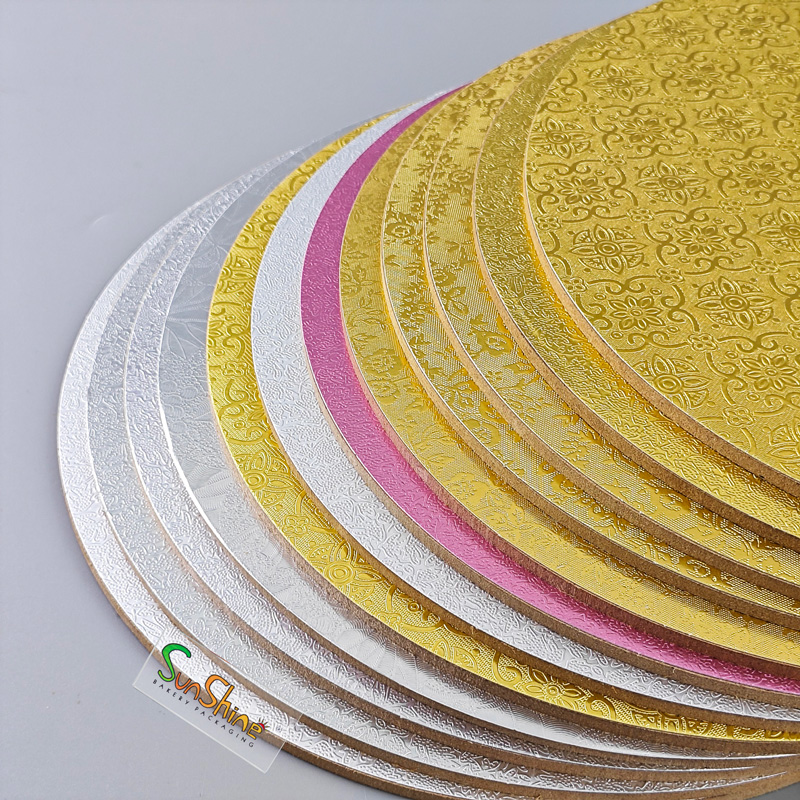
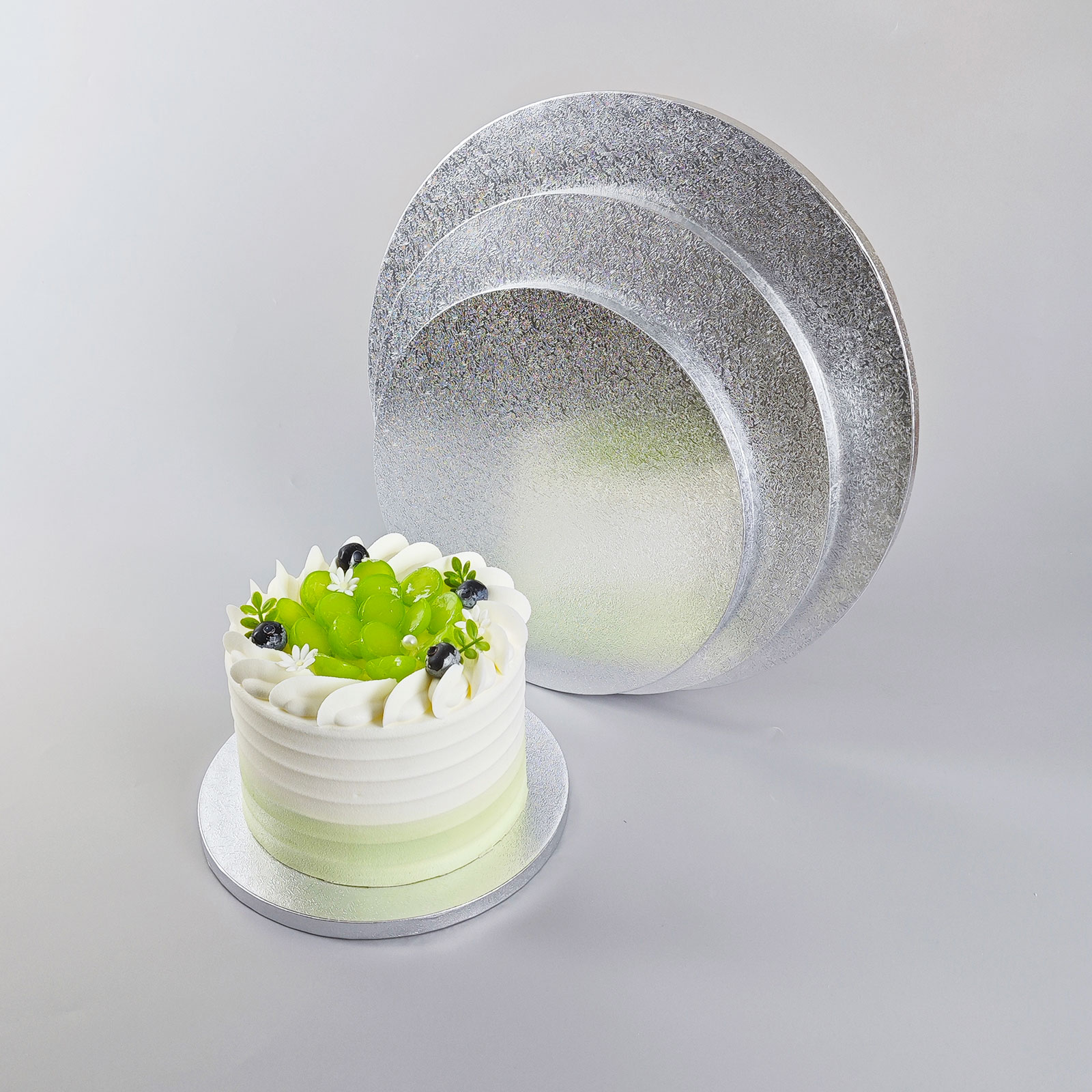
(III) The Link Between Thickness and Food Safety
For paper trays, overly thin ones easily soften and tear when absorbing oil and moisture from the cake, which may contaminate it. Medium-thick paper trays have better oil and water resistance. While the thickness of plastic trays has a lesser impact on food safety, it's still vital to choose materials that meet food safety standards to avoid cake contamination from substandard materials.
III. Conclusion
Selecting the right cake box type and determining tray thickness involves considering multiple factors: the cake's type, size, weight, texture, and the specific scenario it's used in. Baking professionals who choose appropriate packaging can maintain high product quality, and consumers can assess a bakery's professionalism by examining packaging details. As the baking industry continues to thrive, cake packaging will keep innovating and advancing to become more functional, aesthetically pleasing, and eco-friendly.

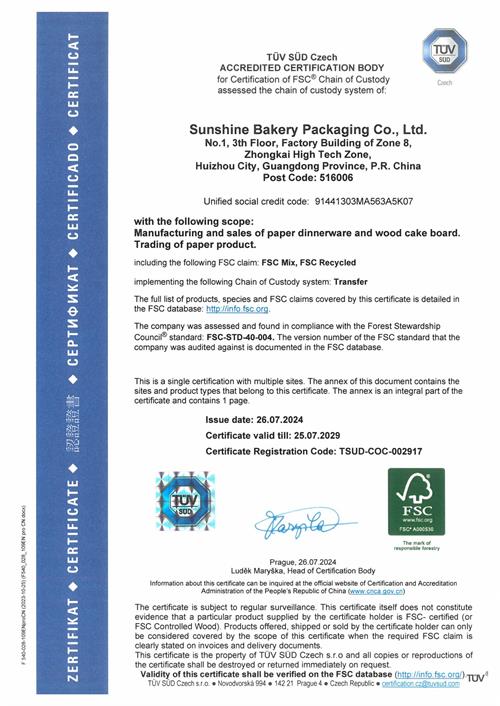
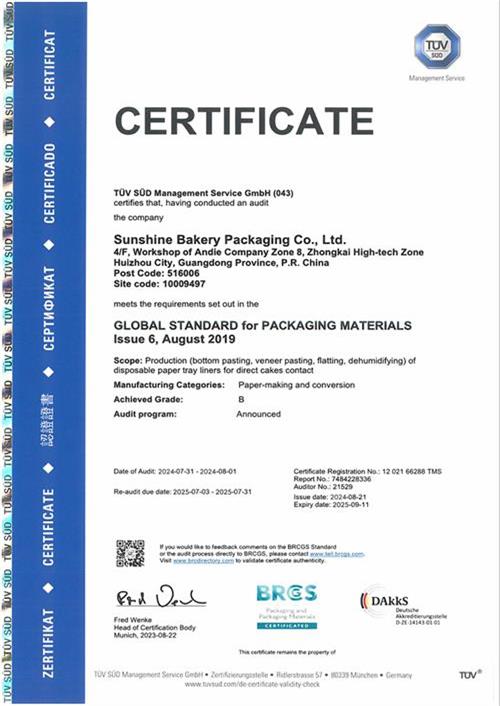



Post time: Oct-31-2025

 86-752-2520067
86-752-2520067


